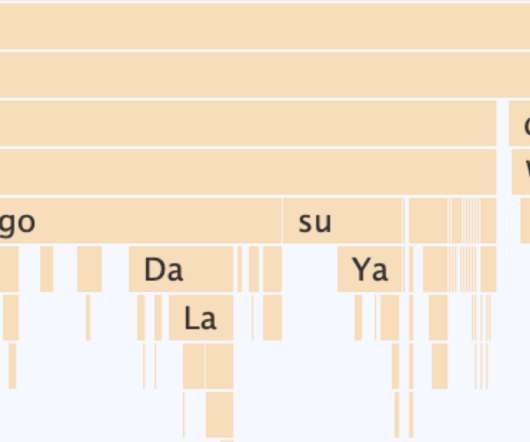How to use Server Timing to get backend transparency from your CDN
Speed Curve
FEBRUARY 5, 2024
Server-timing headers are a key tool in understanding what's happening within that black box of Time to First Byte (TTFB). Google recommends that TTFB be 800ms at the 75th percentile. Server Timing is a specification that allows communication of data from the server to the client through the use of a server-timing header.
















Let's personalize your content